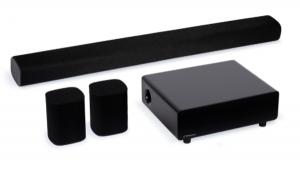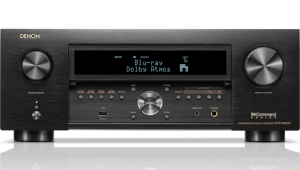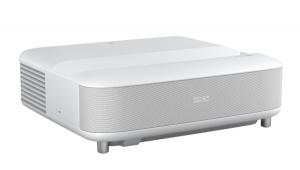Nipping Hearing Loss in the (Ear)bud: Asius Technologies Ambrose Diaphonic Ear Lens

So, apart from the obvious—turn it down!—what else can be done to protect hearing without compromising the enjoyment of personal music? Asius Technologies has invented a new approach to reproducing sound in the ear it calls the Ambrose Diaphonic Ear Lens (ADEL), named after CEO and principal inventor, Stephen Ambrose, pioneer of the wireless in-ear monitor systems used on stage by today’s rock musicians. The lens is essentially an expandable collar that seals the earphone to your ear canal, while controlling the level of sound energy that reaches the inner ear. Let’s break it down.
The Problem: When earphones are inserted into the ear canal, the resulting seal creates a highly magnified sound-pressure level, which triggers a natural acoustic reflex that dampens the sound to protect the inner ear. Trouble is, this protective dampening causes the listener to crank up the volume even more.

The Solution: Attach an inflatable airbag to the tip of the earphone to prevent the acoustic reflex from being triggered in the first place. Pressures created by in-ear speakers inflate the airbag, which acts as a second eardrum, stripping off destructive pneumatic pressures, which can be 1,000 times greater than acoustic pressures, protecting the inner ear so music can be enjoyed at lower volumes without sacrificing comfort and music fidelity.
Research data recently presented to the American Audiology Society (AAS) shows that an ADEL-modified earphone provides a “louder yet safer high-fidelity listening experience at greatly reduced power levels (1/4 to 1/6 typical levels) with no perceived loss in volume,” according to Stephen Ambrose.
“Because the speaker diaphragm motions are no longer damped (retarded) by being pneumatically sealed to the eardrum in a piston-cylinder like manner, both the speaker and the ear drum move much more naturally and freely, resulting in enhanced frequency and transient response as well as greatly reduced distortion and audio fatigue. The ear drum enjoys its natural sensitivity since the acoustic reflex is no longer prematurely triggered; lower volumes sound significantly louder and better.” Click here for an animated illustration from the National Science Foundation.
Asius plans to launch its first set of ADEL-equipped earbuds mid-year via a crowd-funding platform such as Kickstarter. Expected price: $150. Keep an ear out for the latest developments
Asius Technologies
(720) 204-2676
asiustechnologies.com
- Log in or register to post comments


















































